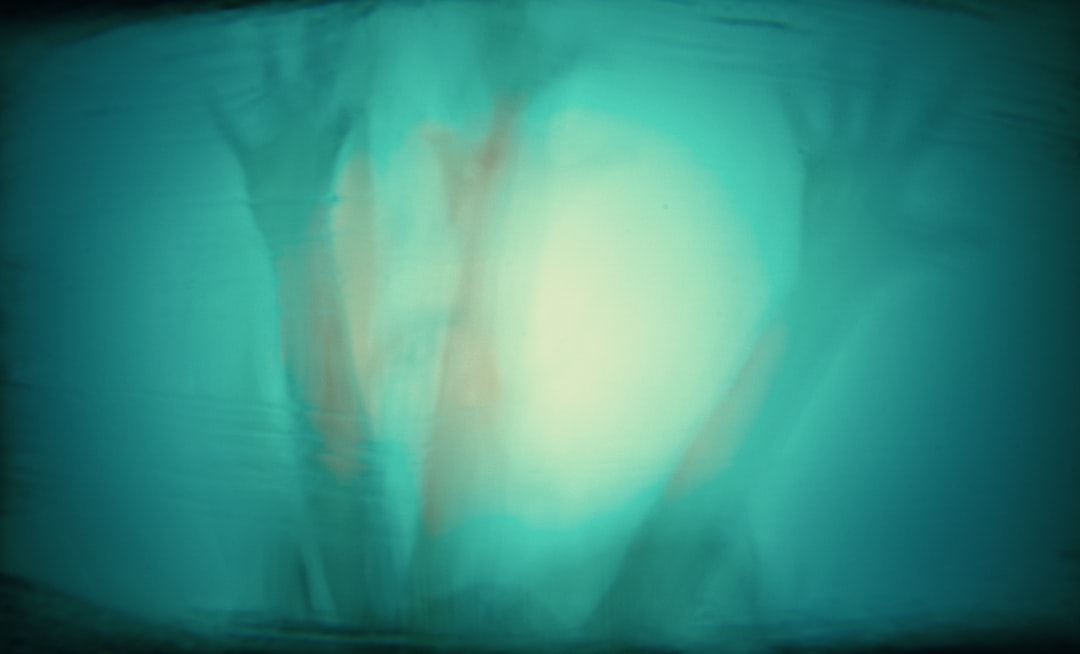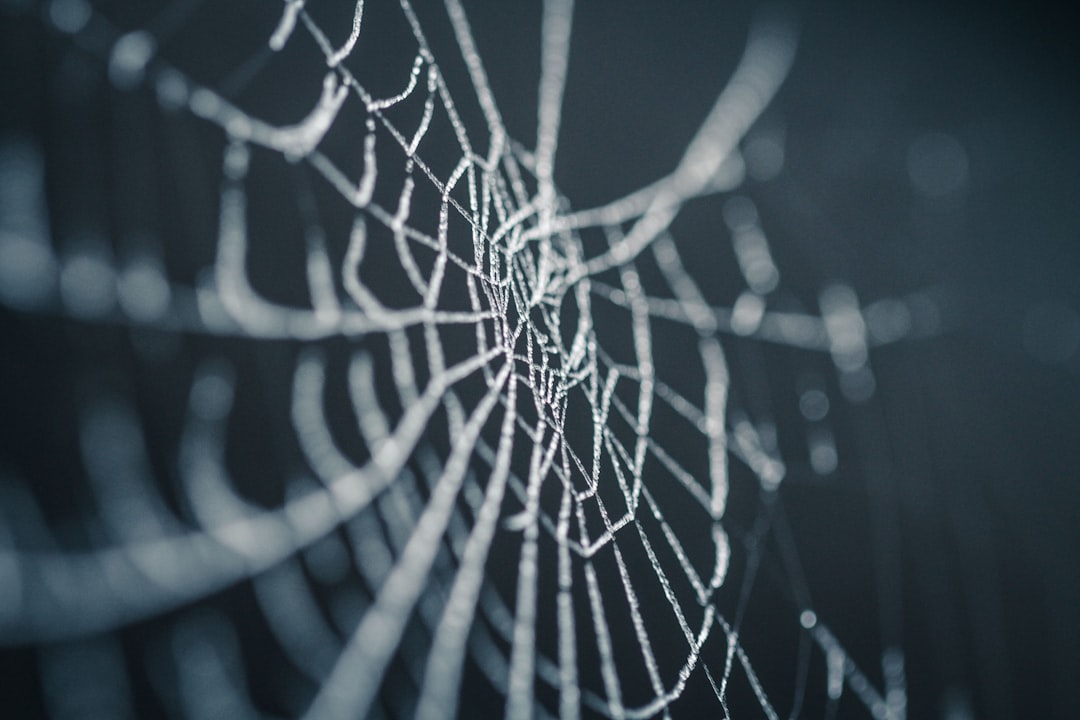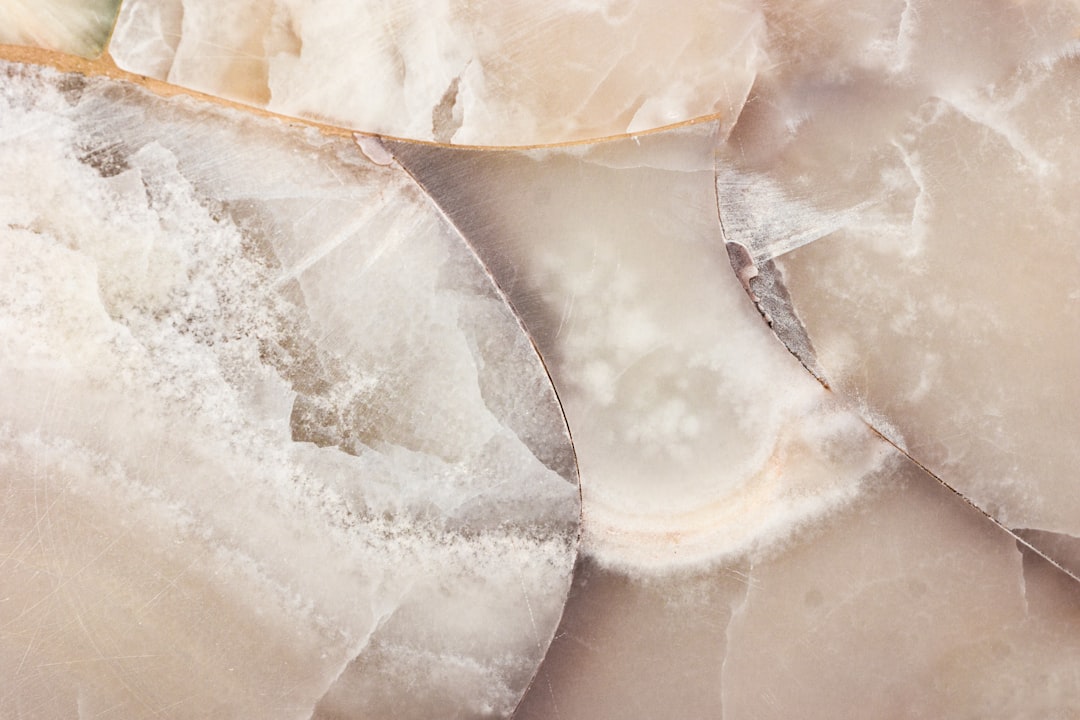What is it about?
Cu-catalysed arylation reactions devoted to the formation of C–C and C–heteroatom bonds (Ullmann-type couplings) have acquired great importance in the last decade. This review discusses the history and development of coupling reactions between aryl halides and various classes of nucleophiles, focusing mostly on the different mechanisms proposed through the years. Selected mechanistic investigations are treated more in depth than others. For example, evidence in favour or against radical mechanisms is discussed. Cu(I) and Cu(III) complexes involved in the Ullmann reaction and N/O selectivity in aminoalcohol arylation are discussed. A separate section has been dedicated to the synthesis of heterocyclic rings through intramolecular couplings. Finally, recent developments in green chemistry for these reactions, such as reactions in aqueous media and heterogeneous catalysis, have also been reviewed.
Featured Image
Read the Original
This page is a summary of: Copper catalysed Ullmann type chemistry: from mechanistic aspects to modern development, Chemical Society Reviews, January 2014, Royal Society of Chemistry,
DOI: 10.1039/c3cs60289c.
You can read the full text:
Resources
Contributors
The following have contributed to this page










